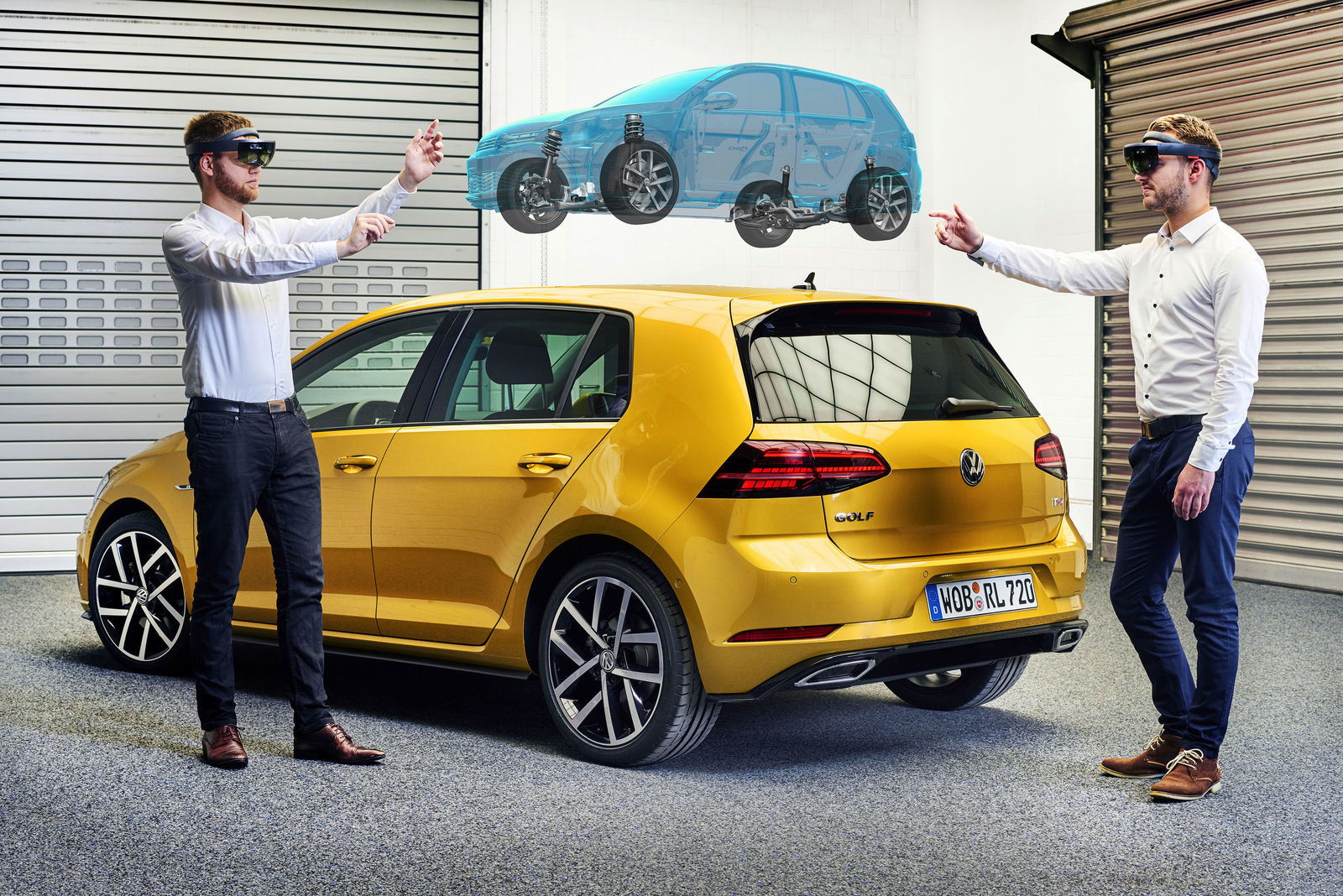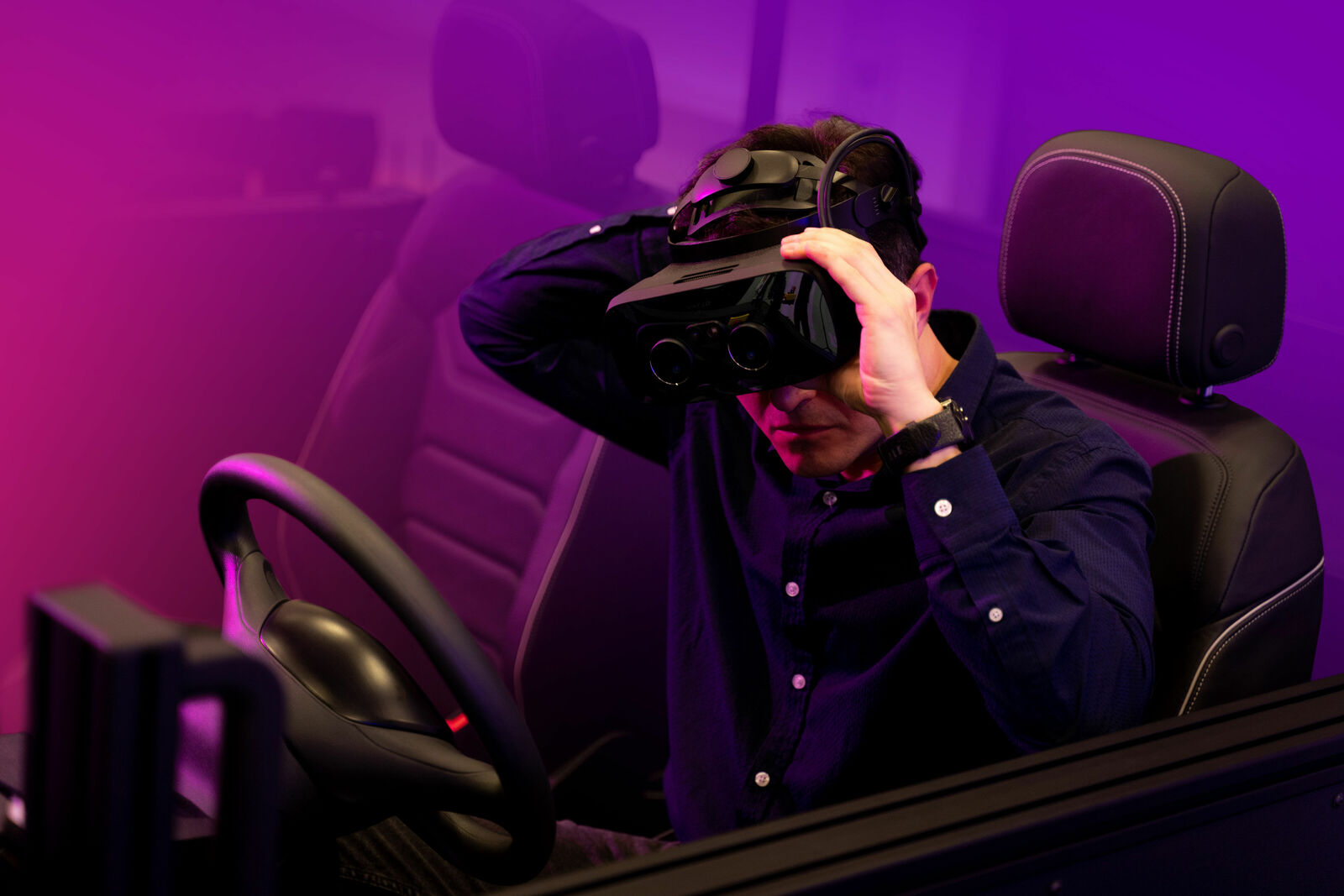Virtual Reality
Press releases
-

Spectacular world premiere of the new ID.4 GTX
The new ID.4 GTX demonstrated its impressive dynamics and sportiness at its world premiere in Berlin, which was held in a hangar at the former Tempelhof Airport. The centrepiece of the event was a 525 square metre ramp with a gradient of 37.5%, which the ID.4 GTX climbed with no problems at all, thanks to its dual-motor all-wheel drive. The ramp served as the stage for a mixed reality (XR) installation.

